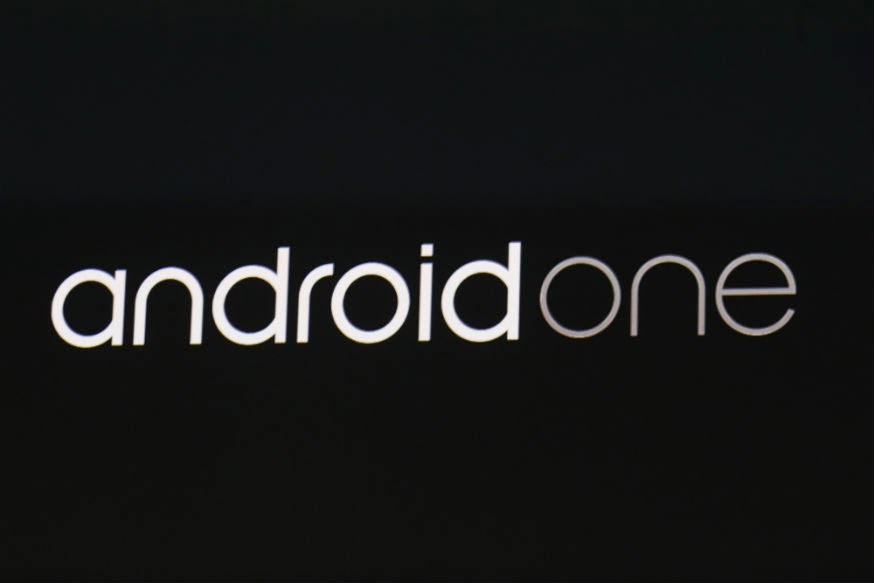Android One is the stock
android version (without any customization) mainly targeted towards customers
buying the first ever smartphone and developers. The main benefit of Android
One is that it is standardized and requires minimum hardware so the cost of the
smartphones are very low ranging from 100 to 110 USD. Last but not the least it
will get android update as soon as google will release one. Why it is needed?
Well, the Android market has got fragmented as various companies have developed
their own version of Android by making some changes in the stock android (like
new GUI, pre-loaded third party apps etc.) to make it more appealing. So Google
was losing its ground and wanted to control its OS like Apple does. That’s why
Android One came up.
With a great marketing campaign, strategic partnership with Indian players like Micromax, Karbonn and Spice, Google launched Android One in a grand manner. The price of these smartphones are around 6000 INR to 6500 INR. For the first 15 days of September total 2.3 lakh handsets are shipped but it went down to 2 lakh in the month of October. According to IDC, roughly 8 million smartphones are shipped into India, of which only 2.5% is Android One.
Model
|
Sep-14
|
Oct-14
|
Micromax Canvas
A1
|
119000
|
132460
|
Spice Dream Uno
|
43100
|
34791
|
Karbonn Sparkle
V
|
67440
|
34390
|
(Imported Number of Android One Devices Source: Cybex Exim Solution)
It is very difficult to
say whether Android One is a success or not looking into this trend of two
months but it is sure that, it is not doing as expected by the pundits. Let’s
use the 4P concept of marketing to analyze it.
Product:
Google
choice to use minimum hardware back fired it. The MediaTek 1.3GHz quad-core
lacks behind the performance of a 1.2 GHz quad-core Qualcomm Snapdragon or a 1.2
GHz dual-core Intel Atom. Apart from the processor, for an Android OS 1700 mAh
battery is very low. The camera quality (2MP) in those handsets is also not
that great.
Price:
The
pricing strategy for the Android One is good but the stiff competition made it
more difficult. Mobile producers like Xiaomi (Redmi 1s), Motorola (Moto E) are
providing better mobile experience within the same price range. So low priced
strategy didn’t work properly.
Promotion:
Targeting
the Tier-II and Tier-III cities in India, the promotion are not so extensive in
the traditional media. Apart from some TV ads, launch day newspaper ad not much
promotion is there for the target customer. So it could not leveraged it
properly.
Place:
Android
one was launched through the e-commerce sites and clearly it was not a well
thought approach. Low internet penetration and lack of supply chain
infrastructure made it difficult to reach the target customer. But finally the
traditional retailer came into the picture later in the month of September and
it is something to cheer about.
Above all, the current
set of Android One smartphones failed to deliver value to the Indian customers.
It is not only the OS, to make a decent product a good combination of both
hardware and software are required. Currently Google is collaborating with big
global players like HTC, Lenovo to provide Android One. Hope they will do well
in Indian market by fulfilling the need of the target customer.

Please check the font size of the text as a whole
ReplyDeleteYah yah, thank you for pointing it out. It is resolved.
DeleteA crisp yet comprehensive analysis of Android One ! Good work Debi !
ReplyDeleteThank You!!
Deletedeep insights!! enlightening
ReplyDeleteThank u bro
Deletenice analysis... loved it
ReplyDeleteThank you so mush
Delete